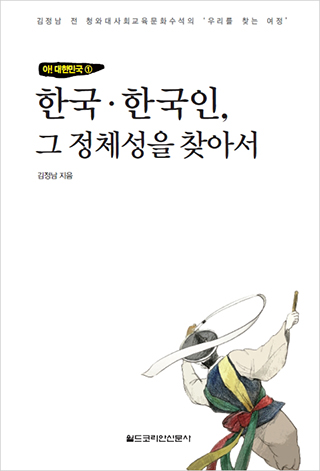By Jeongnam Kim
(Former Senior Presidential Secretary for Education·Culture·Society, World Korean News advisor)

Bernard Leach, a world-renown English pottery theoretician who was known to have turned his career to the world of pottery when enamored in the Chosun ceramics while engaged in the copper prints in Japan in the early days of the 20th century, reportedly admired of the bluish color of the Goryeo celadon, saying how happy they would be if they could produce such a color.
A man of advanced age of the Song state of China, Taepyeong Noin, in his book titled "On the best in the world" about a series of the superlatives, made a mention that "the secret color of the Goryeo celadon is the best under the heaven." The Goryeo celadon is such a unique cultural heritage which has made Goryeo the forerunner of the world's pottery history.
Originally, celadon was first produced in China. These celadon began to be imported in our country from the days of the Three States, and from the latter half of the 9th century, Korean ceramics began to be produced in the southwestern regions of Gangjin and Buan, etc.
It was from the 12th century when the Goryeo celadon began to be highlighted as the best products under the heaven. From this time on, the Chinese influence disappeared, the uniqueness of Goryeo-esque color and forms surpassed the Chinese products in its creativeness and the standard of perfection. The color of the Goryeo celadon is that of an Indian kingfisher, and its sophistication is profound and mysterious of no comparison.
Another creativeness of the Goryeo celadon was the introduction of a inlaying technique. This technique is to engrave designs on the surface of steel or ceramics and fill the engraved surface with metal or jewels. This technique was started in Egypt and passed on to the Korean peninsula, and the lacquer ware was inlaid with thread. The Goryeo celadon was created with this technique applied.
Thanks to this inlaying technique, it was possible to have the surface of the Goryeo celadon engraved with beautiful repetitive images and paintings of such as lotus, chrysanthemum, and arabesque, or such lyric patters as cranes and grapes, and some other varied images. As it is, the Goryeo celadon has not only the images of Goryeo people's lifestyle, but also their aesthetic sense reflected.
The Goryeo celadon is beautiful in its style and shows the aesthetic value of a sculpture. Besides, its shape and usage are, in fact, varied, from teacups, liquor bottles to vessels used in the memorial services, oil cups for the lamp, pillows, vessels for the scent, ink stones, and so many other household items. In addition, there are such construction supplies as roof tiles, wall and floor tiles, and housing goods. Really, the Goryeo Celadon is enough to represent "Korea."


